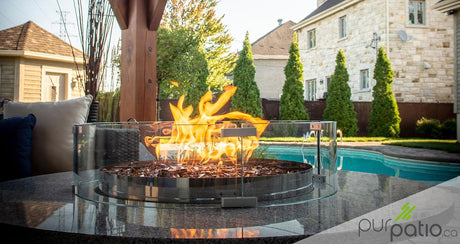
Types of outdoor fireplaces
Integrating an outdoor fireplace into your layout is a very good choice to brighten up the evenings and create a warm and unifying atmosphere . But as in all things,...
Welcome to our store
Choosing the right covering for the floor of your new patio
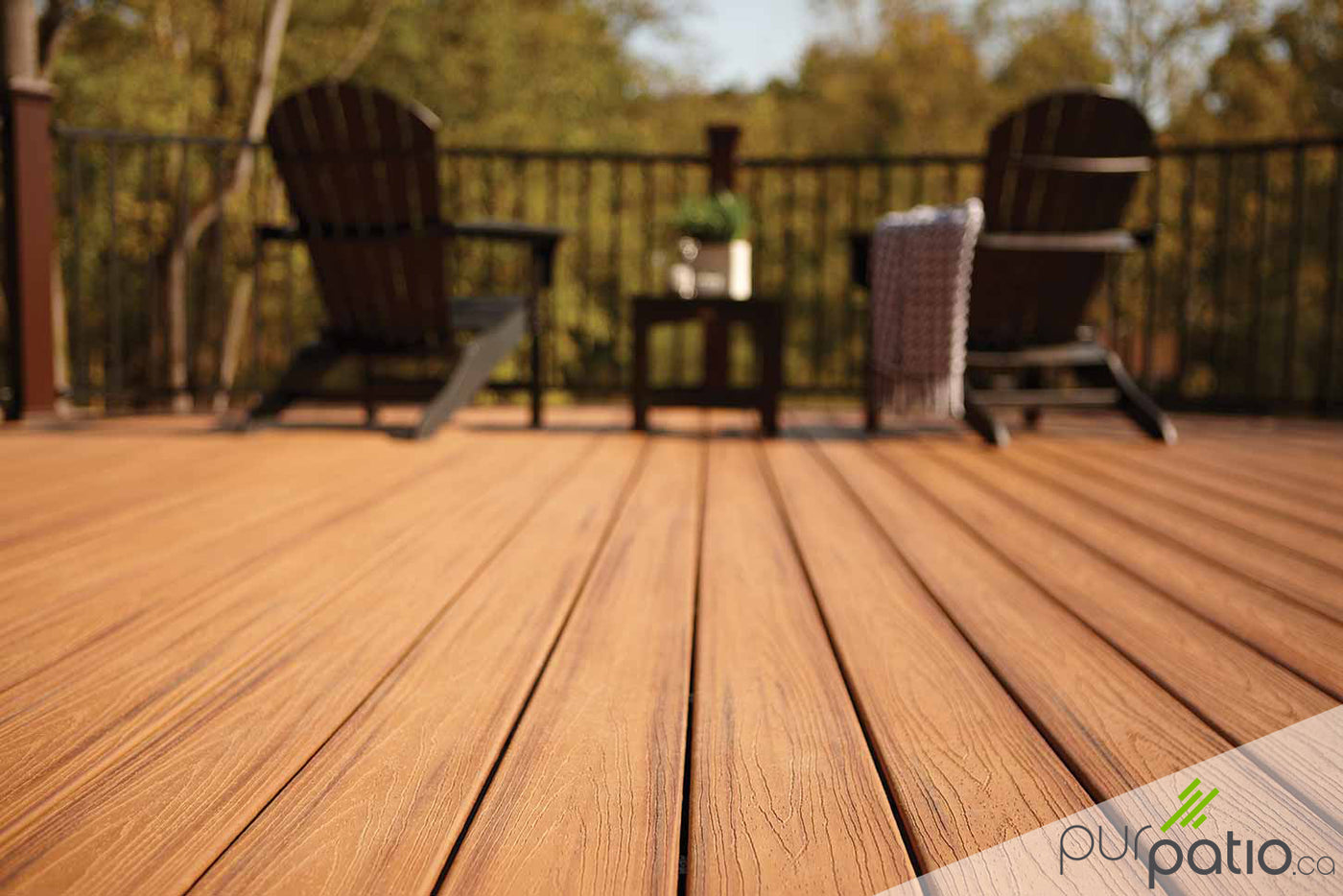
Are you tired of your old patio? This year, have you chosen to redo your layout in order to take full advantage of it? If this is the case, one of the most important points to choose is the floor covering that your future terrace will have . There are a multitude of products on the market. Some are better than others and the price ranges vary a lot. When comparing several types of coverings or between several companies offering the same type of product, rely on the following characteristics: quality, dimensions, price, warranty, long-term maintenance, installation time and the hardware and tools necessary for installation . With these elements, you will have a comparative basis. This will allow you to evaluate and make decisions in a more informed manner. In order to help you in your approach, we have made a top 3 of the best floor coverings for your future patio .
Photo: Quality composite terrace.
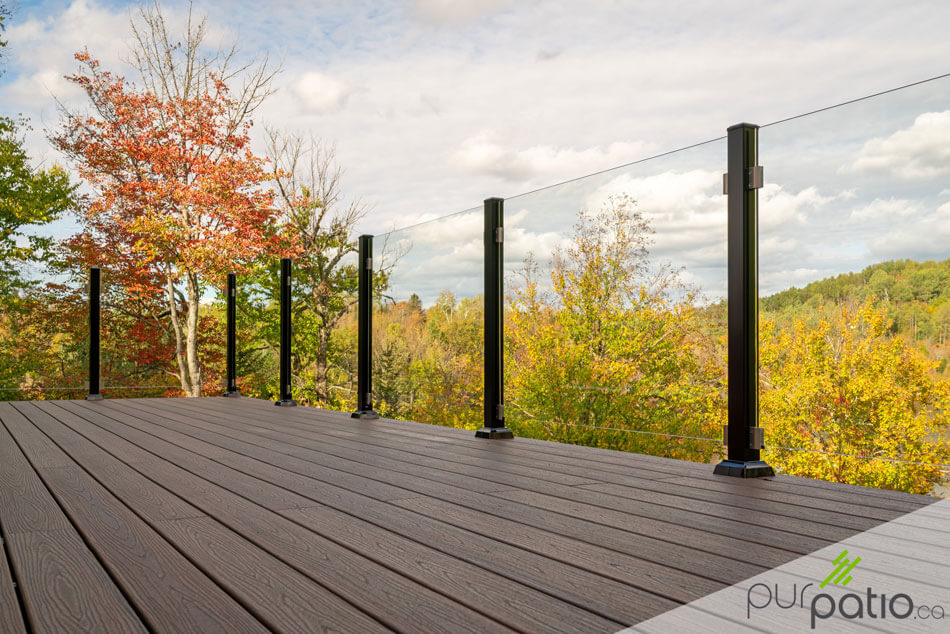
Composite and PVC are increasingly popular materials for deck construction and it's not without reason! They are manufactured from scratch in a factory . Composite is a material made of sawdust glued and compacted with a plastic shell . PVC is made entirely of plastic materials . Contrary to popular belief, many companies choose to make their products from recycled materials . They are therefore ecological in several cases. Good quality composites and PVCs have several advantages. They offer a wide choice of colors . In addition, the look is similar to that of wood. They require no long-term maintenance , other than a little pressure cleaning at the start of the season. They are installed with clip systems which create a constant space between the boards. This technique also makes it possible to limit visible screws . A good quality composite will be only slightly warmer than wood stained the same color . Also, the lighter the color, the less warm it becomes. In addition, PVC being less dense, it retains heat less than composite. Both benefit from very long and comprehensive warranties which will save you hassle for several years to come.
Finally, some recognized companies offer entry ranges that are barely more expensive than a wooden patio. It can therefore prove advantageous in the long term to invest a little more initially for this type of material. Just be careful not to be lured by the super low price of composite at a big box store. Purchasing a low-quality composite could prove to be a bad investment in many ways.
Photo: Patio with two-color composite decking.
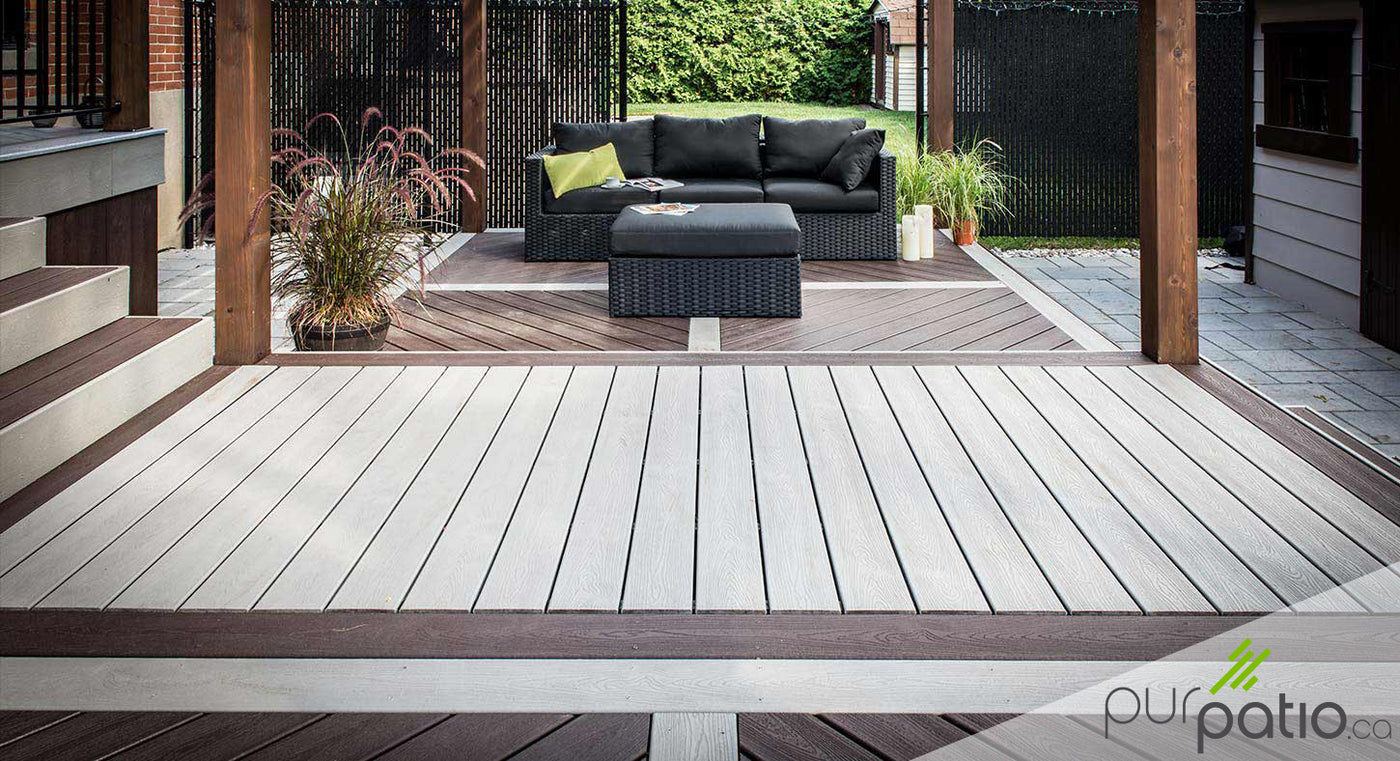
Western red cedar is a wood that comes, as its name suggests, from the West. This tree called Thuya Plicateta grows in Canadian and North American forests . It is recognized by its distinctive smell, its more reddish color and its superb veining. Compared to Eastern white cedar, it comes from larger trees in controlled and regulated operations . It has the quality of having much fewer knots than its Eastern counterpart, so it is less prone to splitting . It turns out to be the most economical choice for a durable wooden patio (we obviously exclude treated wood which is not durable). However, it has the disadvantage of requiring maintenance, which generates significant costs in the long term . We suggest sanding and staining the wood with an exterior stain every 2 years for horizontal surfaces (floor, steps) and every 5 years for vertical surfaces (skirt, privacy wall). Depending on several factors such as sunshine, air (salt air for example) or use of the patio, this delay may be longer or shorter. Still take the time to calculate the costs to invest in the maintenance that must be done throughout the life of your terrace before opting for this type of covering, you might be surprised!
Photo: Patio with a knotty Western red cedar wood floor.

Lesser known, ipe is a variety of exotic wood from the forests of Central and South America , but more mainly from Brazil. This is the most durable choice of wood for the construction of your future patio. Ipe wood comes from sustainable, strictly regulated forests . Given its origins in warm countries, it is naturally resistant to humidity, rot as well as insects and mold . Its dense grain produces rather uniform boards, without knots or veins. Thanks to this characteristic, it is extremely resistant to deterioration . It has an average lifespan ranging from 50 to 75 years, incomparable to any other material. As for its maintenance, you can let it age naturally , then it will turn gray. However, to maintain its original appearance, oiling is necessary once or twice a year with a product specially designed for this purpose. You should expect a high price for this type of flooring , but it has a look and durability that is a big step ahead of its competitors.
Photo: Exotic ipe wood terrace.
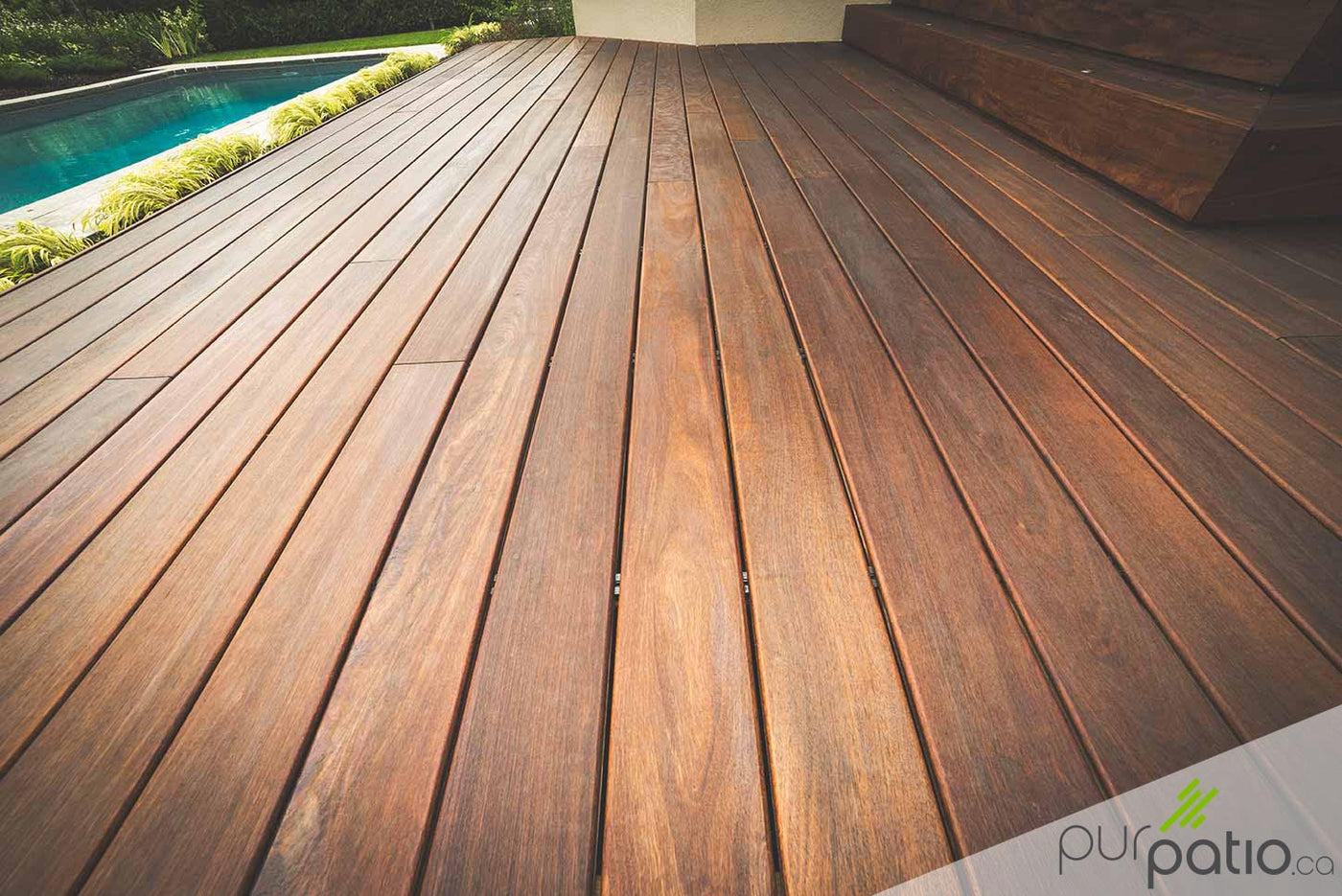

Integrating an outdoor fireplace into your layout is a very good choice to brighten up the evenings and create a warm and unifying atmosphere . But as in all things,...

When the time comes to build an exterior structure project, we want it to be safe, solid and durable . The basis of all this is the anchoring systems that...

Whether inside or outside your home, in a business or at your workplace, all spaces are designed and arranged according to circulation areas. What is a traffic area? And above...
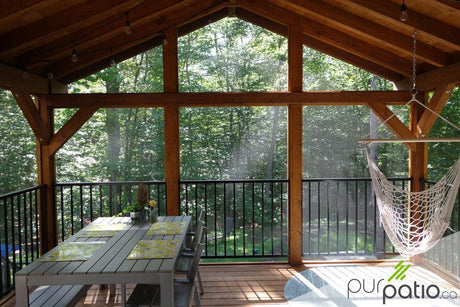
Many people's yards that we know have one or more outdoor structures. We are talking here about pergolas, gazebos and verandas . Some are made of wood, others of metal,...

Do you have an exterior design project that involves a new patio? You already have one, but it is no longer to your liking and you want to change it? Two...
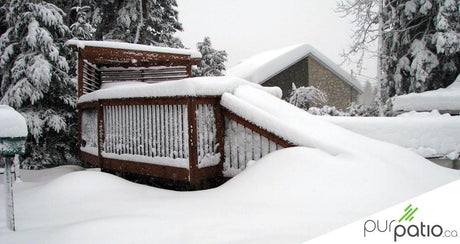
All summer long, we are more than happy to enjoy the nice weather outside on our beautiful patio, but what about in the winter when it is buried under several...

In the patio construction industry, we far too often see people using questionable methods for inking patios at home. Attaching the patio to your home is very important. It helps...

Are you planning to redo your patio this summer and you are undecided about the floor covering? You would like to benefit from the advantages of composite or PVC, but...

Are you tired of your old patio? This year, have you chosen to redo your layout in order to take full advantage of it? If so, one of the most...
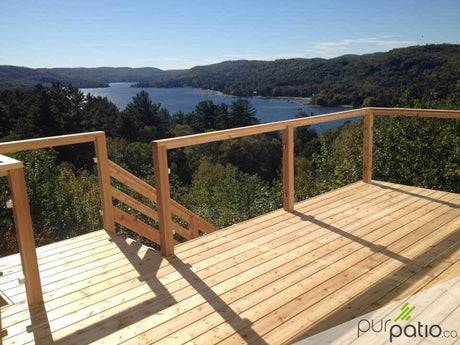
A well-chosen and safe patio ramp Whether for an existing patio or a new terrace, the choice of railings is important. The regulations of the majority of municipalities in Quebec...
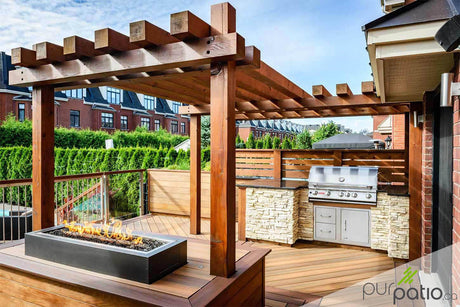
What could be nicer than enjoying an outdoor fireplace with family and friends? It allows us to extend the moments spent outside until late in the evening, to extend the...
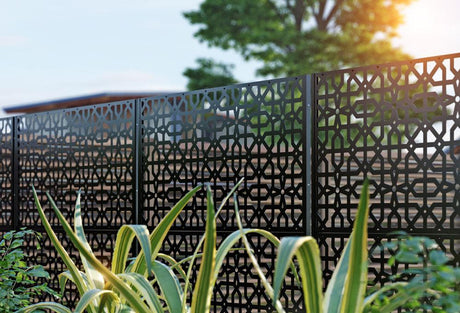
For people who live in the city or the suburbs, having an intimate backyard can be a real challenge. The houses are close to each other, in fact, we can...

Having a spa in your backyard has become increasingly popular in recent years. Households often prefer it to the swimming pool, especially if they do not have children. First of...

We usually integrate a pergola into our outdoor layout in order to have a partially shaded section. The disadvantage of this is that throughout the day, the sun moves and...

Do you want to design your future patio yourself, but you don't know where to start? What should you consider to achieve a successful design? The patio is an important...
Be the first to know about promotions, news and receive exclusive content!